It is pretty much inevitable that at least some warm, moist air from living areas will find its way into the roof of a building在寒冷的气候中会有结冰的风险,在温和的气候中会有发霉腐烂的风险。这是一个简单的产品的物理和现实的建设和限制。
A heated interior space should be airtight,have a proper vapor barrier or vapor retarderin cold climates and temperate climates, and theright amount of insulation for your climate zone. Exterior siding and roofs should be viewed as a rainscreen just keeping precipitation away from the control layers of the wall – your thermal, air and vapor barriers.
暖空气上升,所以在任何房子或建筑物的高处,如顶层天花板,气压总是更高。不管洞有多小,空气都会找到它。风压以及室内机械通风也会影响家里的气压,迫使空气从空气屏障的任何缺口流出。

Why roof vents are needed
During winter, warm and humid air escaping though any punctures in ceiling air barriers (which includes poorly installed pot-lights) will condense as it migrates though a wall assembly and meets a cold surface;this causes frost and ice to form. In spring when this ice melts, it will seem like you have a roof leak when in fact there is none (spoiler alert – if your roof ‘leak’ happens on a sunny day, it’s not a ‘leak’). All these effects are why air barriers in homes are so important for durability and energy efficiency.
Having said all this, it is worth pointing out before we get too far that there are ‘unventilated roof’ designs as well; we will get to that below. An unventilated roof is less common in mainstream construction and is more often seen with vaulted or cathedral ceilings. For the moment this is about the typical roof design that most people would be used to seeing – an uninsulated attic space outside the thermal envelope of a home.
Can roofs have too much ventilation?
No, as a general rule you cannot have too much attic ventilation, but it does need to be balanced. There can never be too much intake ventilation through soffits but too much exhaust ventilation without enough supply air can be a problem, as that can leave the attic depressurized. In that case the air will need to come from somewhere, and it will either mean other ridge vents will act as intake rather than exhaust, or it can even draw air from the inside of your home through any faults in your air barrier.
If your ridge vents are pulling air in instead of exhausting it, not only will the system not provide proper ventilation, it can pull in precipitation.
How does moisture get into a roof?
Even the best air barrier products are only as good as the knowledge and diligence of installers. No matter how much care is taken during construction there will inevitably be at least some punctures and openings around light fixtures, ventilation ducts, access hatches, as well as plumbing and electrical wiring penetrations. There are countless places for something to go even a little wrong, and without fail, air pressure will find your mistakes.
The best home design and execution happens when you aim for perfection but assume future failure. You can say that about a lot of things I guess, but it’s certainly true about resilient home design. Always build to make a house as airtight as you can, but still assume it will leak; and ensure you have sufficient ventilation.

在温暖的气候里,你需要给屋顶通风吗?
Along with preventing frost build up in a cold climate, roof ventilation also prevents roofs from overheating in the summer, which prevents premature aging. Unventilated attics or insufficiently vented attics in warm climates (and ones in colder climates in summer months) can allow temperatures to rise so much that you can virtually cook your roofing material from the inside. This is less of an issue with metal roofs and other durable roofing materials, but a big issue with asphalt shingles and can significantly shorten the lifespan of roof coverings.
A cooler roof will help keep interior temperatures cooler as well, thus reducing the need for air conditioning, which is also why choosing a lighter shade of roof in a hot climate is the best plan.
What’s better - a ventilated roof or unventilated roof?
This is as good a time as any to tell you where we stand, which is that we much prefer ventilated roofs over unventilated roofs for durability and resilience.
An un-ventilated roof should be done either with perfectly sealedrigid foam insulation panelsor spray foam. Pick one and stick with it; it's best not to mix insulation types. If you were to have a top layer of foam insulation but have something fibrous underneath - be itcellulose insulation, fiberglass, mineral wool, etc- that added fibrous insulation at the bottom of the assembly will keep the top layer of foam much cooler, and therefore introduce the risk of condensation forming if warm air finds its way there. Worth a quick note about spray foam; some manufacturers have switched to much safer blowing agents,see here for choosing the best spray foam with HFO blowing agents.
Ecohome’s engineer Denis Boyer performed some moisture simulation models with unventilated roofs, and he confirmed that the risk of interstitial condensation (moisture in the air forming water droplets when coming into contact with a hard, cold surface) can be a problem. According to Denis, "When the outside temperature drops to about - 25 degrees Celsius, which is quite common in Canada and some Northern US states, even with R21 rigid insulation over the fibrous insulation, that layer is still able to reach the freezing point. The movement of water vapor by permeance does not seem to be a significant threat, but air movement virtually guarantees condensation will form in the cellulose and on wood framing”.
This would be the case unless you drastically reduce the thickness of the cellulose and increase the amount of rigid insulation. So again, this is why we would either use only one type of insulation in an unvented roof, or better still just stick with vented.
Is natural roof ventilation enough?
Natural roof ventilation is generally sufficient for removing moisture from attics in colder climates. Air circulates naturally due to temperature differences in the roof, so there is generally no need for mechanical or electrically assisted ventilation. This is only true of course if there are proper vents sized and located correctly, and that they are clear from obstruction which can include years of cobwebs and dust - so an occasional cleaning of roof vents is something we do recommend.
Should I install roof vent fans or attic fans?
如果自然通风不方便,阁楼风扇可以用来解决屋顶的问题。We would suggestthese solar powered ones (available online)as a decent compromise between cost, reliability and efficiency.Maybe you have a lot of trees around the home that disrupt the natural airflow, so the fan can be helpful in removing hot and moist air from the attic and leaving the space below the attic insulation alone. These fans manually force the air circulation within the attic, pulling fresh air from the vents (like the ones in the soffit) and pushing hot or humid air outside.
阁楼风扇可以全年使用。在夏天,你可以大幅降低阁楼的温度,有助于延长屋顶瓦和护套的寿命,以及拱腹和门面上的油漆。
In colder months, attic fans can help you avoid damage caused by ice dams as well. The fans cool the attic, equalizing the temperature between the attic and outside of the home. This prevents snow from melting on your roof and freezing again when it hits the cold gutter causing those stalactites that can spear the dog or small children.
在安装阁楼风扇时,也要考虑到你的阁楼与家里其他地方的密封情况。如果阁楼的门或舱口密封不良,透风较差,或安装的灯没有正确密封在空气屏障膜上,打开风扇会将空调或加热的空气从缝隙中拉出。
How to know if you have bad attic ventilation
There are many signs that will indicate if your attic ventilation is inadequate, here are some things to look for -
In winter, do you see anaccumulation of ice on roof overhangs or your gutters?
In the spring, dodroplets of water appear on the walls?
When the snow melts in the spring, do you notice traces of moisture on your ceilings?
Is therefrost or stains on the insulation or wooden studs in your attic?
如果你对以上任何一个问题的回答是肯定的,那么你的阁楼可能没有足够的空气流动来清除水分。点击这里阅读更多关于阁楼结霜时该怎么办的内容。
你能在一个屋顶上使用不同类型的屋顶通风口吗?
It’s best not to have a variety of roof vents such as ridge vents and gable end vents, as they can in effect disable one another. Worth noting here, is that often when new vents are added to a roof, old vents are left operating as if ‘more is better’ when it fact it can be worse. When installing a new ridge vent on an older home, its best to install the right amount and block any others that are no longer necessary, particularly gable end vents.
Air follows the path of least resistance, so if you leave an easy route, air will take it. Therefore, leaving a gable end vent in place means air will be drawn out it when you’ve just spend money to install a shiny new ridge vent. And vents on gable ends are really among the poorest performing roof vents as they can leave moisture to collect in the center of the attic, and they are often installed lower than the optimum level leaving a lot of moisture to collect up at the very peak.
How to calculate roof ventilation
US Code requirements are as follows (Canadian are below)
According to the International Building Code 2012 Edition (IBC 2012) enclosed attics and enclosed rafter spaces formed where ceilings are applied directly to the underside of roof framing should have cross-ventilation for each separate space. Thenet free vent area (NFVA)should not be less than 1:150 of the area of the space being vented.
阻塞和屋顶通风口挡板的安装方式必须不影响空气流通;隔热层或障碍物与屋顶护层下方之间必须留出不少于1英寸的空间。通风口必须加以保护,以防止雨雪渗入阁楼空间。
An exception to IBC 2012’s ventilation requirements allows the NFVA to be reduced to a minimum of 1:300 so long as 50 to 80 percent of the ventilating area is provided at or near the upper portion of the space being vented or where a vapor retarder is provided to the warm side of the ventilation space in winter.
国际住宅规范2012版(IRC 2012)包含了与IBC 2012相似的要求,除了IRC 2012将在阁楼空间上部或附近提供所需通风面积的40% - 50%进行通风时,净自由通风减少量从1:150限制到1:300。
Additionally, and quite specifically to buildings inClimate Zones 6, 7 and 8,当在阁楼空间安装蒸汽缓速器时,IRC 2012将无网通风减少量限制在1:150至1:300。
US NRCA guidelines
For attic ventilation, NRCA recommends providing at least 1 square foot of NFVA for every 150 square feet of attic space(1:150 ventilation ratio) measured at the attic floor or ceiling level. For large-volume attics where roof slopes are greater than 8:12, you should consider increasing the amount of attic ventilation to accommodate the additional volume of attic space.
此外,NRCA还建议,静态通风系统的通风量应在拱腹或屋檐与待通风空间的上部之间保持平衡。
In a balanced ventilation configuration, ambient temperature exterior air enters into the attic space low down via soffit or eave vents, then this air passes through the attic space where it displaces warm moisture-laden air which exits attic vents at or near the top of the space being vented. This configuration relies on convection currents, a mode of heat transfer that causes warm air and water vapor to rise in a home and which can cause a chimney effect or stack effect.
For full information on US code compliance for attic ventilation, see the Condensation and Air Leakage Control Section of The NRCA Roofing Manual: Architectural Metal Flashing, Condensation and Air Leakage Control, and Reroofing - 2014.
The Canadian National Building Code specifies in Article 9.19.1.1 ratios according to roof slopes:
For a slope of greater than 1:6, the free surface of all ventilation holes must respect a ratio of 1:300 of the ceiling surface covered with insulation
For a slope of less than 1:6, the free surface must respect a ratio of at least 1:150 of the ceiling surface covered with insulation.
Worth noting at this point, is that building code in our opinion is greatly misunderstood by most builders. Often times minimum requirements for various components of a house, or insulation performance values as another example, are taken to mean ‘optimal’ when they most certainly are not. These are ‘minimums’ only, which would indicate in a lot of cases that ‘more is better’.
So in the case of minimum ratios of surface area to ventilation openings, we would advocate for a 1:150 ratio in all cases. What this means, is that the combined surface are of all ventilation holes must be at least 1:150th of the ceiling surface, regardless of the slope of the roof. In simple terms, that means 1 square foot of ventilation for every 150 square feet of insulated ceiling space.
Now you knowall about roof and attic ventilation防止受潮损坏。Learn more aboutbest practices for energy efficient and durable home construction and renovationsin these pages:Frost in Attics: What causes Attic Ice? How to Fix it?House Air Tightness - Why Balancing Air Pressure is EssentialTop Tips for Getting a House Ready for WinterWhat is the best Insulation for a Home?Findmore about green home constructionin the EcohomeGreen Building Guidepages- also, learn more aboutthe benefits of afree Ecohome Network Membership here. |


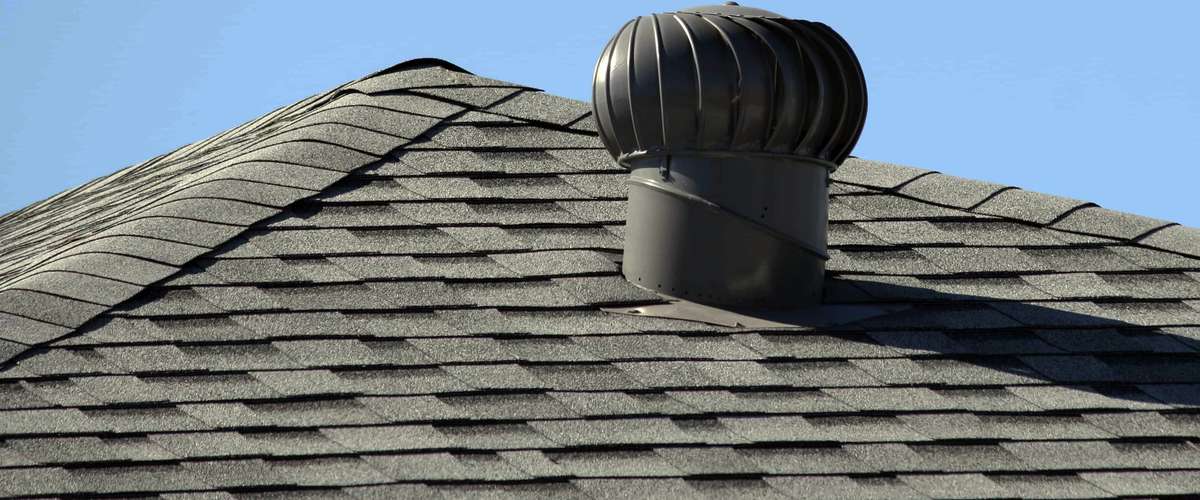















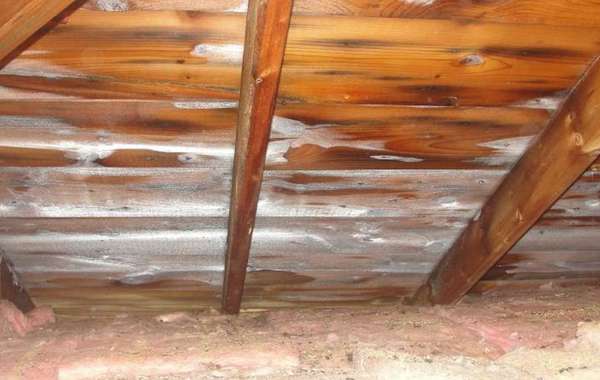
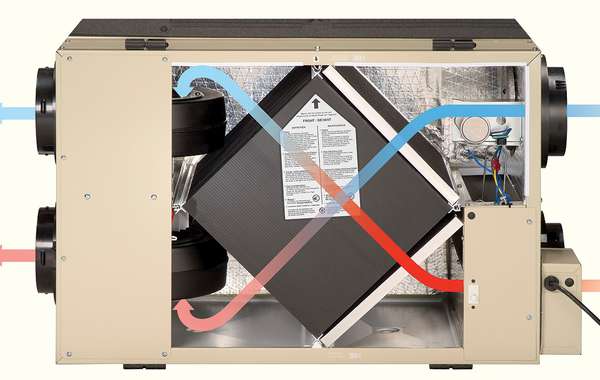
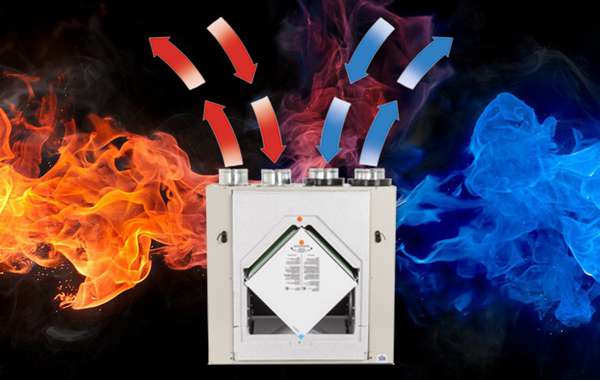
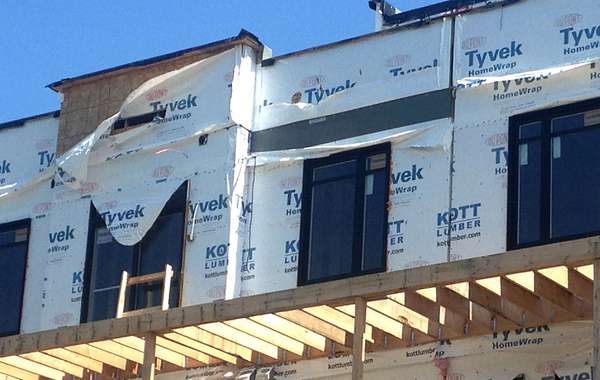
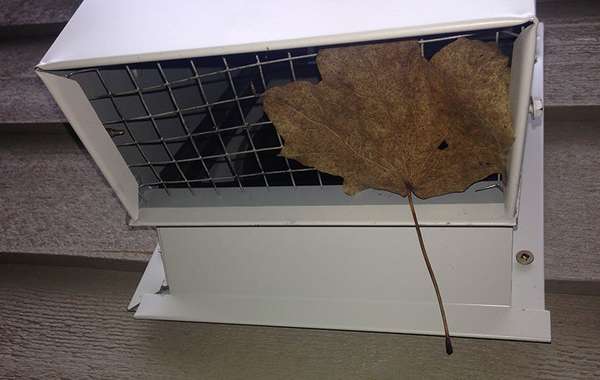
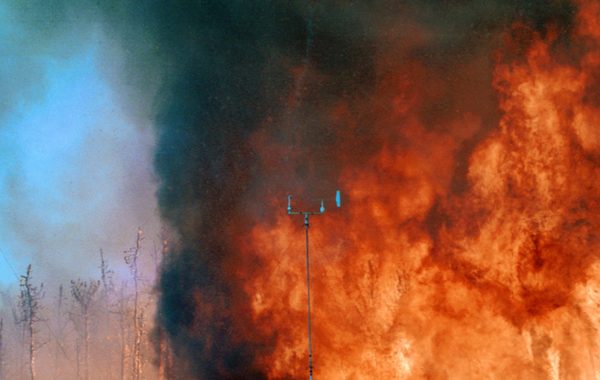
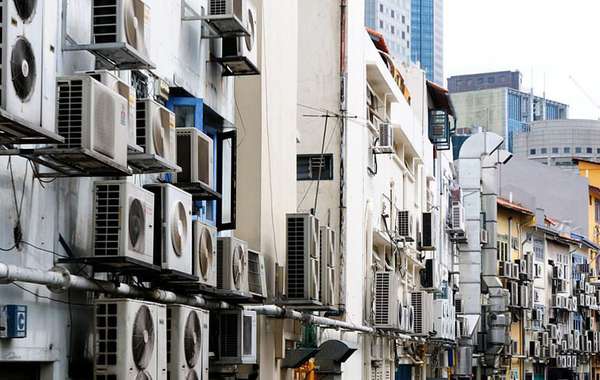
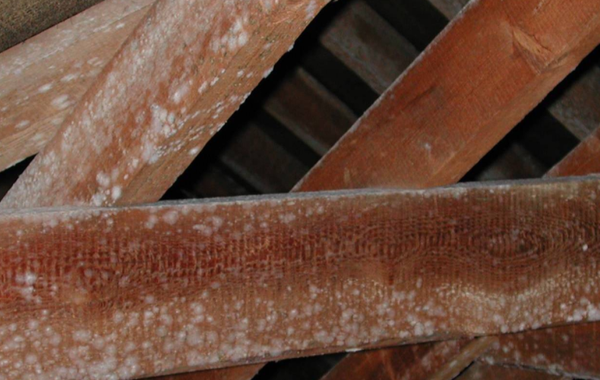
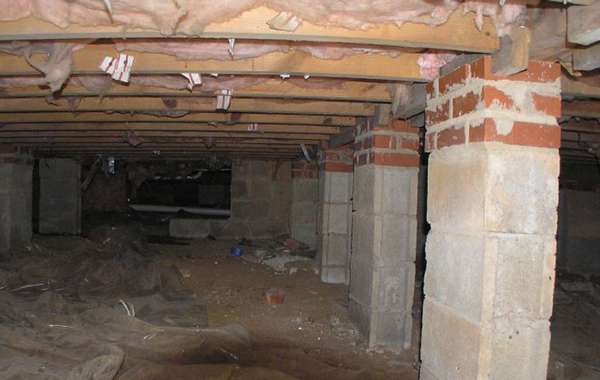
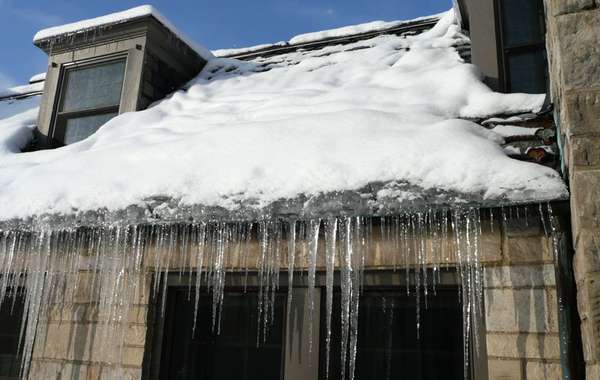
Informatuon Ventilation in hot and humid costal climate required
Is there any point in trying to vent a flat roof with continuous soffit vents at both ends of the roof joists? Or should I just spec extra tapered insulation and pack the joist cavity solid with Rockwool? I'm trying not to use foam until someone can convince me of the toxicity levels. Thanks!
I'm at 7,000 feet in Colorado
嗨,克里斯,是的,你可以在平屋顶上通风,但它会从顶部而不是侧面通风。你的家居设计师应该能够为你提供一个合适的细节。至于屋顶上的泡沫,我不担心会污染室内空气。First, you should have a proper air barrier anyway with the foam on the outside (or top) of it, and secondly due to thestack effect and natural convention of air (read more here)air leaks in at the bottom and out at the top. So any flaws in your air barrier would be an exit point for air not an entry point.
I'm designing a home where the ceiling will parallel the roof with a pitch of 1 1/2:12 and another pitch at maybe 2:12. I'm considering standing seam or an extensive green roof (after reading your content). Do either roofing systems need vented?
站缝亲在这里细节一个低倾斜屋顶与站缝,一个薄气泡保温层,冰和水盾,屋顶甲板。他没有建议任何通风,但我想我至少要把檩条垂直于椽子,让空气在屋顶平台下流动。我们在气候区4A,所以夏天又热又潮湿。
But if it's a green roof, would you ventilate below that? What's the lightest, most cost effective green roof detail? I want to build green and efficient and durable where I can afford but our budget is small. I'm hoping to use wooden i-joists for rafters to stay in budget. I can do a lot of work myself to save money.
Additionally, I'm looking into ICF walls on our one story house with a walk out basement. Tornadoes are not impossible in our area, so I'm curious about a no-overhang roof structure with added "breakaway" overhangs in case of high winds that lend a better chance of our roof remaining intact. Do you have any suggestions for such a detail? I've even considered a step down overhang where its top surface steps down from the roof plane to completely de-couple any roofing members of the overhang from the main roof. Do you have any thoughts or suggestions?
Thanks for any help you can offer!